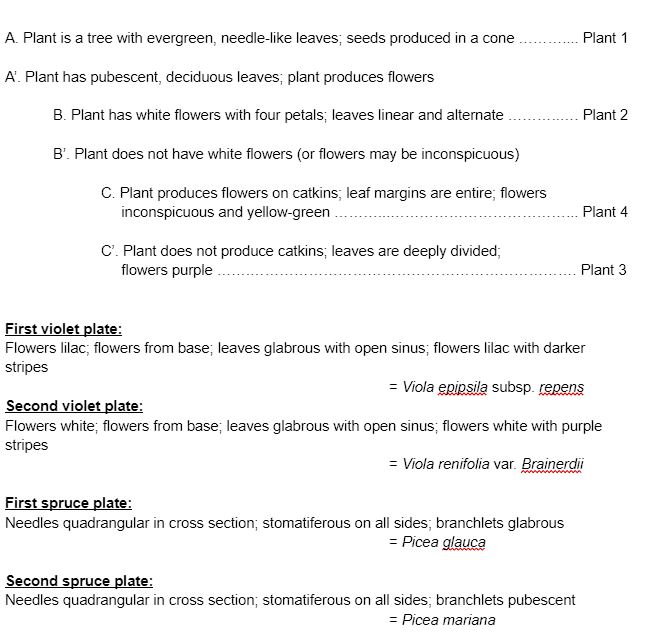
Dichotomous Key
By
Ian Patten

Author: Ian Patten
My interest in ethnobotany stems from an academic love of anthropology and a personal love of plants. While I love studying any cultural or utilitarian aspects of plants, I have a special place in my heart for wild food plants and believe that revitalizing traditional knowledge of these species is crucial for any sort of sustainable future. I have helped teach classes on foraging and basketry and I hope that pursuing an education in ethnobotany will allow me to contribute in some way to preserving human relationships with wild plants.
I currently live in central New England, on the traditional homelands of the Nipmuc, Pocomtuc, and Nashaway peoples. Ecologically, this region is dominated by oak-hickory and white pine forests, transitioning into northern hardwoods and boreal forest in the north (home of Pennacook and Wabanaki cultures) and into scrub oak and pitch pine forests along the Atlantic coast (home of the Massachusett, Pequot, Wampanoag, Montauk, Narragansett, and Nauset peoples). We also have an abundance of freshwater wetlands and coastal habitats favoring their own interesting mix of utilitarian plant species.
The landscape here is also heavily shaped by a history of intensive agriculture and urbanization, which means that very little intact forest remains outside of mountainous areas. Ethnobotanical investigation here is influenced by New England's history of colonization -- the speed and intensity of European colonization in this region resulted in a significant loss of cultural knowledge of native plants long before ethnographers began to seriously document traditional plant uses.
One comment
Comments are closed.


Hi Ian, Your key is very descriptive. I like your use of botanical vocabulary such as needle, cone, leaf shape, margins etc. You use basic terms without getting too technical, which can really sink me when I am trying to use a key.
The first description, A, leads to only one choice, photo #1, which is clearly an evergreen and probably a white spruce. I would need more choices to determine what kind of spruce, and I hear it can be hard to differentiate species even in the field sometimes!
The second description, A prime, leads to more choices. It leads me to differentiate between the flowers based on both the presence of flowers and their colors. This gives me a clear choice, since one photo obviously has white flowers, one has purple, and one has a structure that a new botany student may not even really know is a flower. So your “flowers may be inconspicuous” is very helpful.
From there, I can use the leaf descriptions to make my final discriminations!
Very nicely done, thank you!